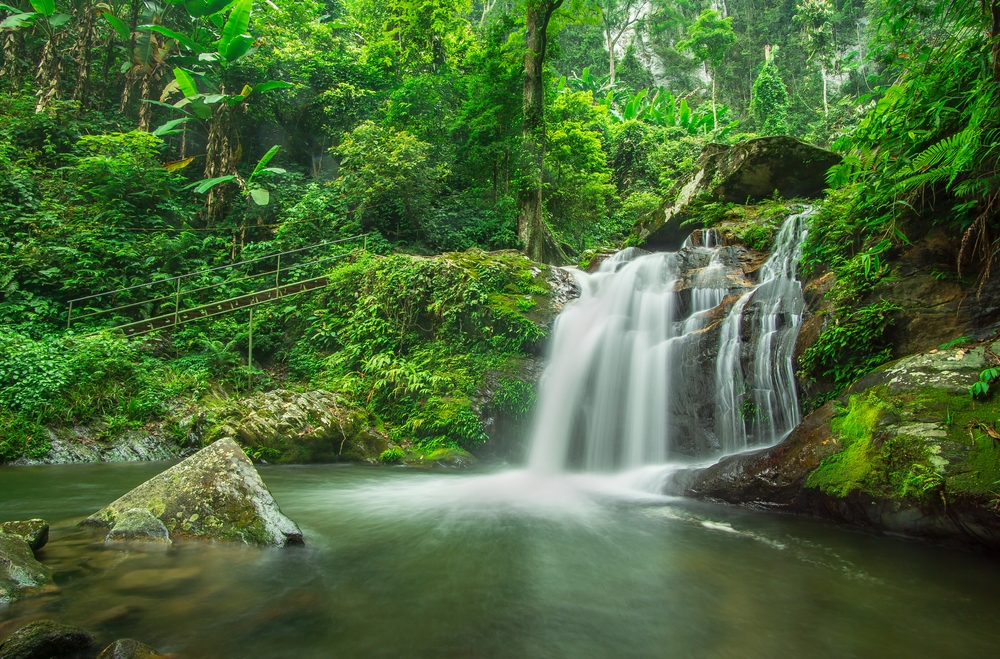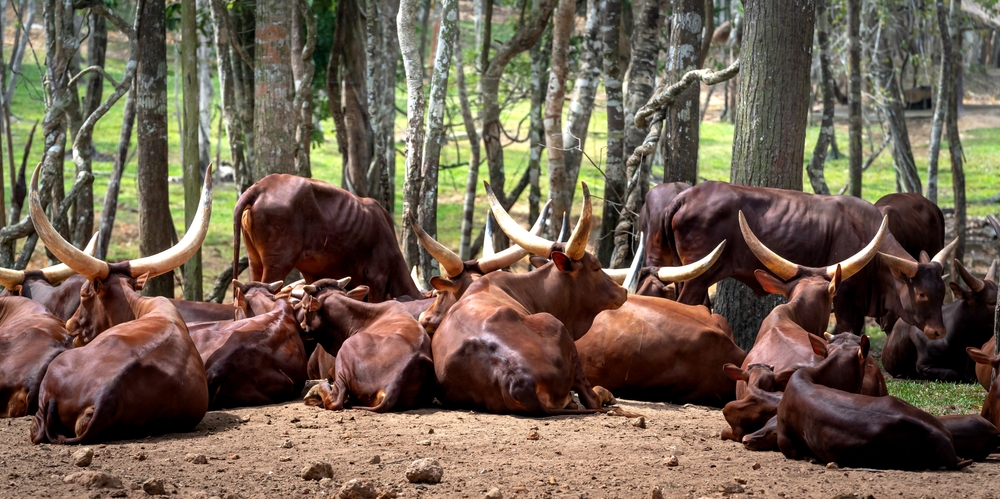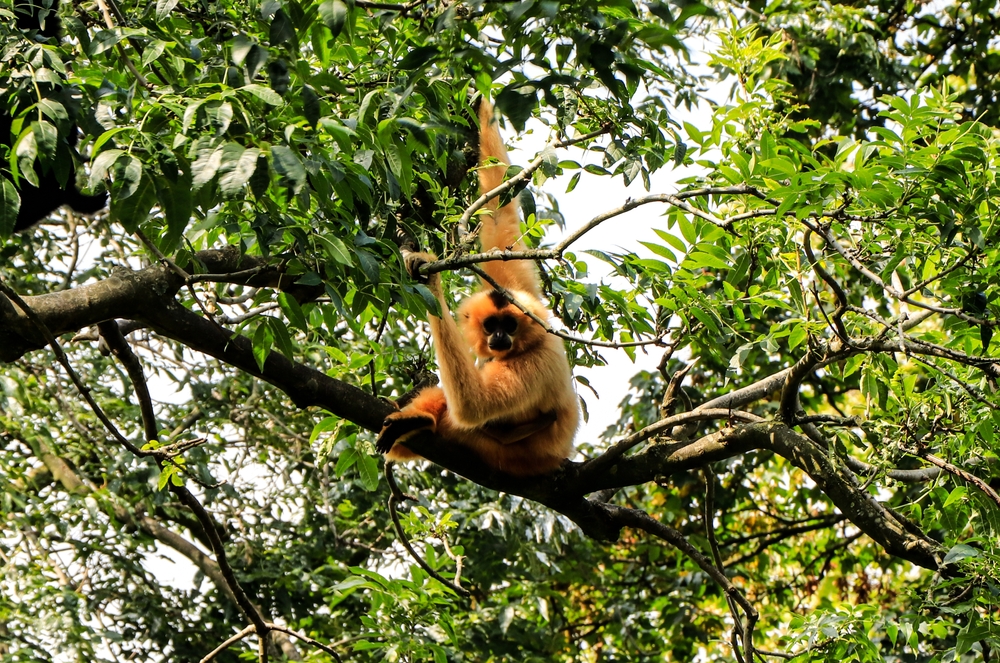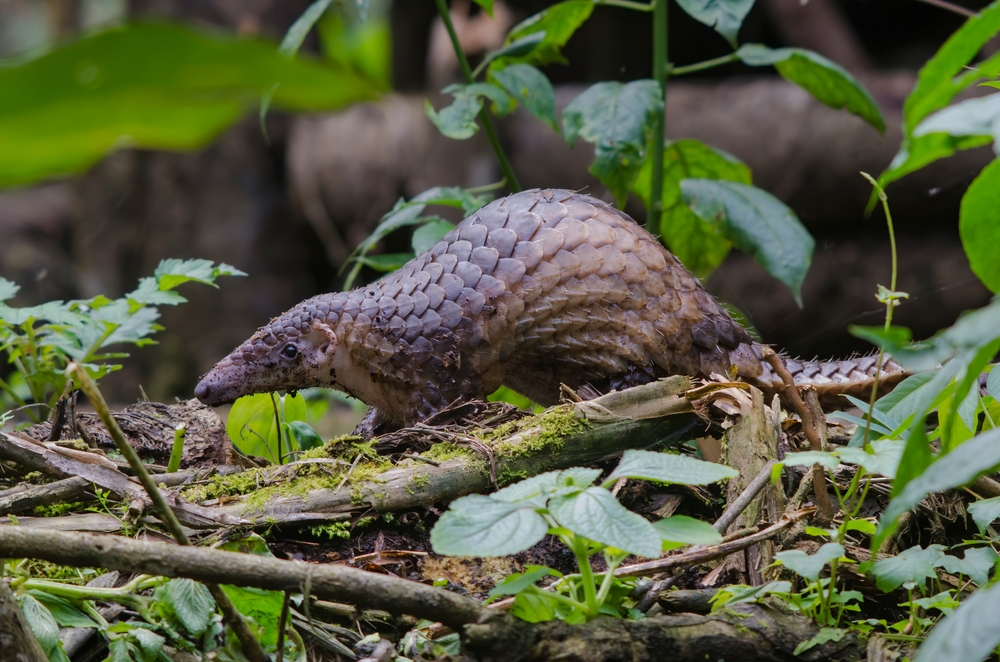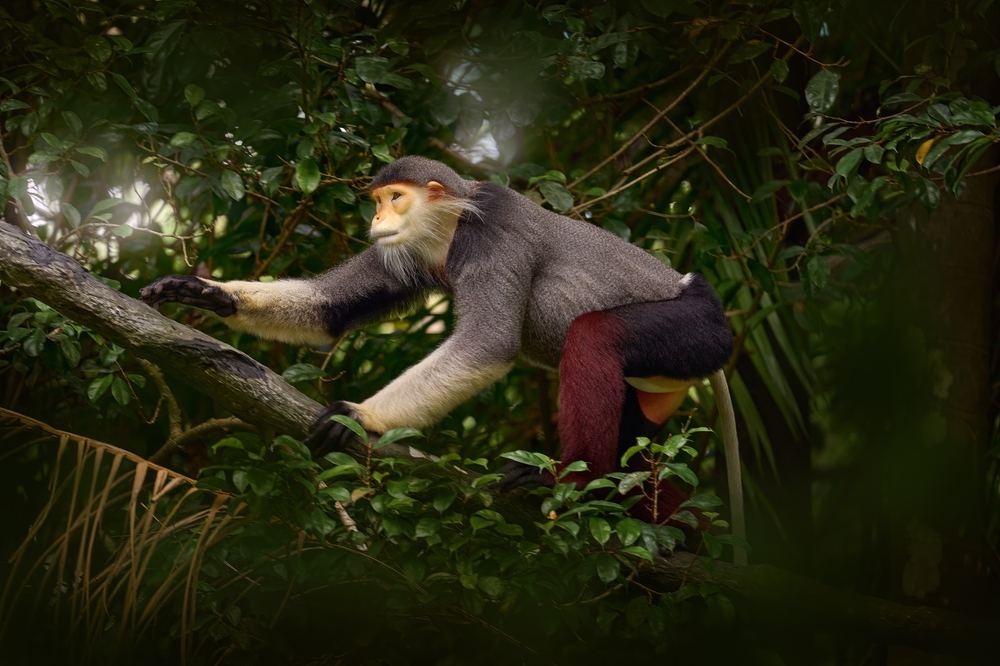Pù Mát Overview
Pù Mát National Park, known locally as Vườn Quốc gia Pù Mát, is a remarkable natural area in Vietnam’s north-central region, located in Nghệ An Province near the border with Laos. Spanning approximately 357 square miles (929 square kilometers), this protected area serves as a crucial part of the Western Nghe An Biosphere Reserve, recognized by UNESCO for its rich biodiversity and ecological importance. Its name, “Pù Mát,” translates from the local Thai language to mean “high slopes,” aptly reflecting the park’s mountainous terrain.
The park’s landscape is dominated by the Annamite Mountains, with peaks such as Phu Xai Lai Leng providing breathtaking views. Its diverse topography includes limestone karsts, lush valleys, and flowing rivers, including the Giăng River, which carves through the dense forests and forms enchanting waterfalls such as the Khe Kem Waterfall. Dense tropical rainforests cover much of Pù Mát, showcasing a variety of vegetation from towering dipterocarp trees to bamboo groves and endemic flora, some of which are found nowhere else on Earth.
Pù Mát is a haven for wildlife, hosting over 2,400 species of plants and animals. Among its iconic species are large mammals like the critically endangered Saola, often called the “Asian Unicorn,” and the rare Indochinese tiger. Asian elephants, clouded leopards, and gaur also roam the forests. The park is a birdwatcher’s paradise, home to species such as the Annamite striped rabbit, Crested Argus, and the White-winged Magpie. Butterflies and reptiles further enhance the biodiversity, making each encounter with nature truly spectacular.
Visitors to Pù Mát National Park can enjoy an array of activities that bring them closer to its natural beauty. Hiking through dense jungle trails offers a chance to spot elusive wildlife, while boat rides along the Giăng River provide serene views of the forest and opportunities to visit ethnic minority villages. The park is also popular for its Khe Kem Waterfall, where visitors can cool off in its cascading waters. Local guides, often from indigenous Thai or Dan Lai communities, offer cultural insights and enhance the experience.
Pù Mát National Park faces conservation challenges, including illegal logging and poaching, which threaten its delicate ecosystems. However, significant strides have been made in conservation efforts, particularly through collaborations between park authorities, local communities, and international organizations. Projects focusing on wildlife protection, habitat restoration, and sustainable tourism have proven successful in balancing ecological preservation with community livelihoods.








































































